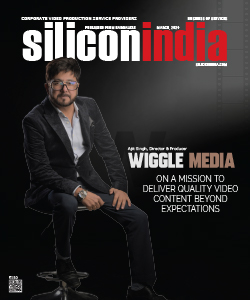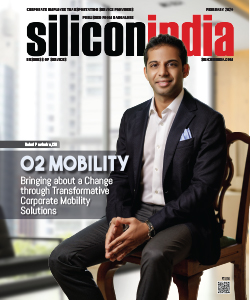IEEE 802.3 'Standard For Ethernet' Marks 30 Years Of Innovation And Global Market Growth
![]() New Delhi: IEEE has recognized the 30th anniversary of IEEE 802.3 “Standard for Ethernet.” IEEE 802.3, the foundation for today's world of high-speed communications, was first approved as an IEEE standard on 23 June 1983 and since then has been regularly updated to address evolving market demand by delivering increased capacities and features.
New Delhi: IEEE has recognized the 30th anniversary of IEEE 802.3 “Standard for Ethernet.” IEEE 802.3, the foundation for today's world of high-speed communications, was first approved as an IEEE standard on 23 June 1983 and since then has been regularly updated to address evolving market demand by delivering increased capacities and features.
“On May 22nd, we celebrated the 40th anniversary of the invention of Ethernet at Xerox PARC. Now, on June 23rd, we celebrate the 30th anniversary of Ethernet's standardization by IEEE 802. Of course, Ethernet has been standardized many times since 1983, with IEEE 802.3 incorporating rapid Ethernet innovation while maintaining a high degree of backward compatibility. From 2.94 Mb/s to 100 Gb/s, from thick coax to thin, to twisted pairs, to fibers, to ‘Wi-Fi,’ from CSMA/CD buses to switching hubs, to access points,” said Bob Metcalfe, Ethernet inventor and now Professor of Innovation at The University of Texas at Austin. “By 1983, there were people buying Ethernet whom I did not know personally. By 1985, there were people whom I did not know inventing Ethernet. And they continue doing so today with great success using the open standardization processes of IEEE. Congratulations, and thank you.”
With more than 1.2 billion ports deployed in 2012 alone, Ethernet is a technology that impacts day-to-day life globally. Initially developed in order to standardize connectivity among computers, printers, servers and other devices inside a local area network (LAN), IEEE 802.3 Ethernet touches a tremendous range of established and emerging technologies, including data-center networks, personal computers, laptops, tablets, Smartphones, subscribe access, cellular backhaul, power infrastructure and smart meters, personal medical devices, the Internet of Things and connected cars.
Also Read: 7 Most Successful Enterprises By IIT Graduates
Also Read: 10 Best Data Recovery Software for 2013


